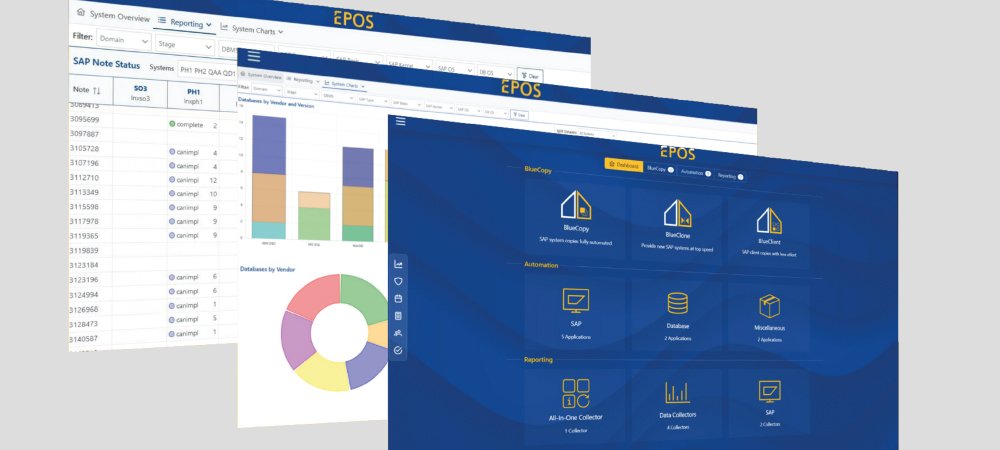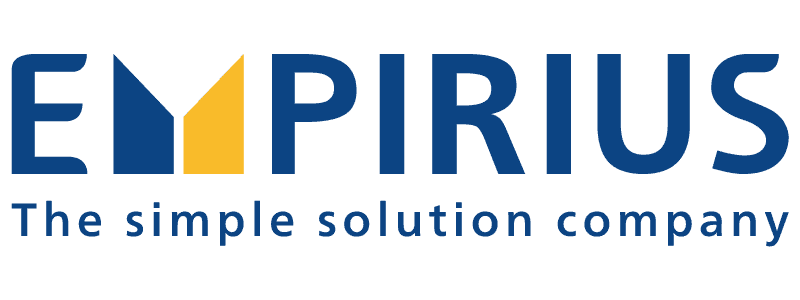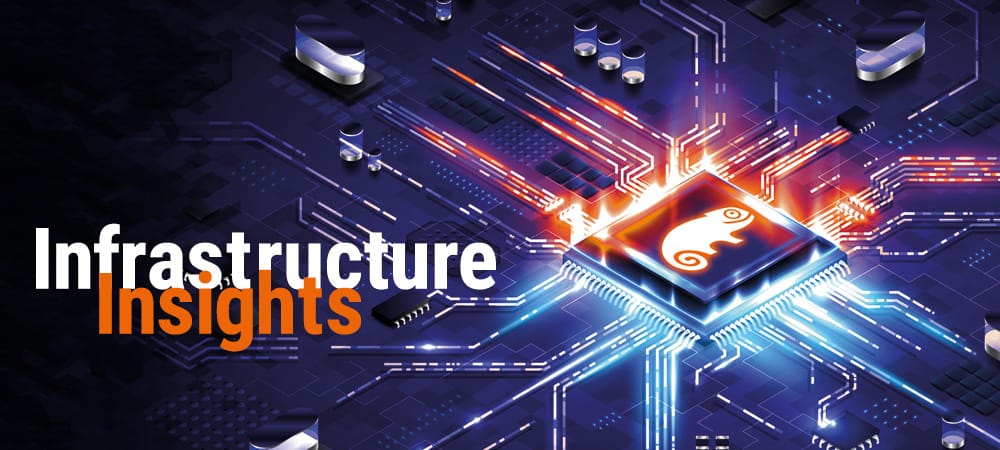Run SAP applications cost-effectively and securely


The S/4 Hana cloud strategy is currently the subject of heated debate among SAP user companies. This will continue for quite some time. SAP's intention seems clear: as many companies as possible should opt for SAP's cloud offerings as quickly as possible. The problem, however, is that many companies want to keep their SAP deployment in-house and rely on on-premises.
They want to decide for themselves and individually on the use of SAP software as a kind of "production factor". They vote for SAP S/4 Hana on-premises. They also have a certain unease about handing over their own company's process knowledge and intellectual property (IP) to the outside world, i.e. to the cloud. In addition to other issues such as cloud licenses or vendor lock-in.
One result of the investment survey conducted this year by the SAP user association DSAG e. V. was that "many of the companies surveyed would like to remain on-premises with their ERP systems", i.e. they want to use SAP in-house. However, a number of SAP user companies are not averse to using dedicated cloud services. And they do so as part of Infrastructure-as-a-Service (IaaS). In this case, SAP user companies retain control of the applications and SAP Basis tasks for system operation. Only SAP infrastructure capacities (data center services; servers/VMs, storage, networks, etc.) are obtained from a public cloud provider (hyperscaler).
The situation is different with the Platform-as-a-Service (PaaS) solution SAP S/4 Hana Cloud, Private Edition, and the Software-as-a-Service (SaaS) solution SAP S/4 Hana, Public Edition. Here, users have no control over the system administration of the important SAP system operation. They also have no influence on the individual SAP Basis quality to be provided.
Savings on the SAP basis
It is a fact: the better the SAP system operation is organized and coordinated and thus functions well, the more optimally and securely the SAP applications can be used for sophisticated and innovative business processes. SAP Basis teams are primarily responsible for SAP system operation, and SAP administrators are responsible for the various tasks and activities.
The nature of SAP means that these tasks and activities for the best possible SAP system operation are diverse. But that's not all. Completing the tasks and carrying out the activities also requires certain times to be calculated.
If these times can be minimized in the long term, costs can be saved. The first choice is therefore the use of SAP Basis automation software. However, there is a clear trend towards complete solutions or suite solutions for this type of special software. This means that the various tasks and subject areas are covered as automation apps in one software package. The result: The more automation apps are used, the greater the cost savings. This is usually referred to as savings in person days (PT), which are achieved by using an automation suite for basic SAP tasks, such as the EPOS suite from Empirius, depending on the app. Measured and proven in proof-of-concepts (PoCs) by SAP user companies and through our own expertise.

For example, the savings in person days per year (compared to manual scripting) for the "creation of automated SAP system copies" (with the BlueCopy app) were between 60 and 90 percent. For "SAP kernel updates", the PT reductions (for more than 100 SAP systems) were over 20 percent; similarly for Hana updates. In the System Maintenance app field (automated starting/stopping of systems), PT savings of between 50 and 80 percent were achieved. In one case, the number of SAP Basis admins was halved (even at weekends or on public holidays when maintenance work was required).
Savings of 60 percent and more were achieved in the field of activity and the task of "automated collection of SEC notes" and "relevance check" (also for individual SAP solution components), as well as significant process improvements (see box).
In addition to cost savings, automation software for secure SAP system operation provides two things: firstly, the automated management of SAP (security) SEC notes, so-called SAP notes; a type of predefined action instruction. This means the automated collection of SEC notes and the subsequent processing of the SEC notes with prioritization, importance, existence and the possible initiation of actions.
Security in SAP system operation
Secondly, the use of mechanisms relating to audits or compliance. Reporting apps (for audits or compliance checks) of automation software ensure this. They not only guarantee consistently high process quality, but also enable comparable system insights.
Specifically: the comparability of system details at a specific point in time in the past and current data and values. So, what happened when and where in the systems? For forensic purposes, so to speak, but also for the provision of public services. A modern and sophisticated automation suite also has a smart and intuitive user interface using web technologies. For SAP Basis experts, using such software systems is anything but complicated after a very short training period. "Mouse clicks instead of programming" with smart ease-of-use is the motto.
Improved process quality
When using an automation suite for SAP system operation, the tasks or activities are virtually cast in software. Similar to SAP enterprise solutions, the various processes always run in the same way, but can be flexibly expanded. In particular, this means that companies receive best-in-class processes free of charge with this type of software. This means that consistently high process quality can be used, or SAP Basis departments can achieve higher process quality.
Incidentally, Empirius customers have confirmed in black and white that higher process quality has been achieved. The processes used by SAP user companies, including the data, are documented and are therefore traceable. This has the advantage that even new or younger SAP Basis team members - keyword: generational change - are quickly able to deal with automation software.
To the partner entry:







